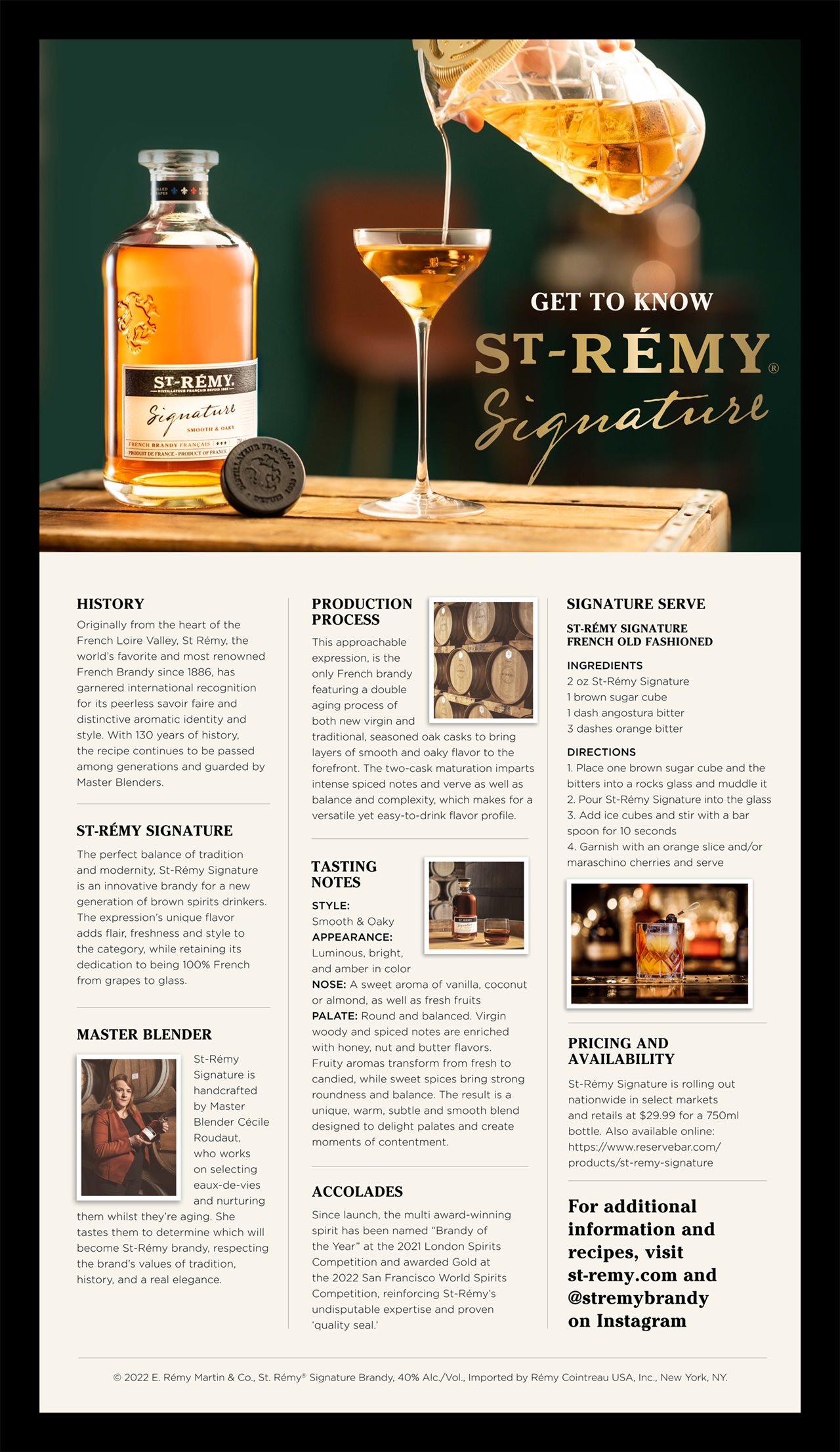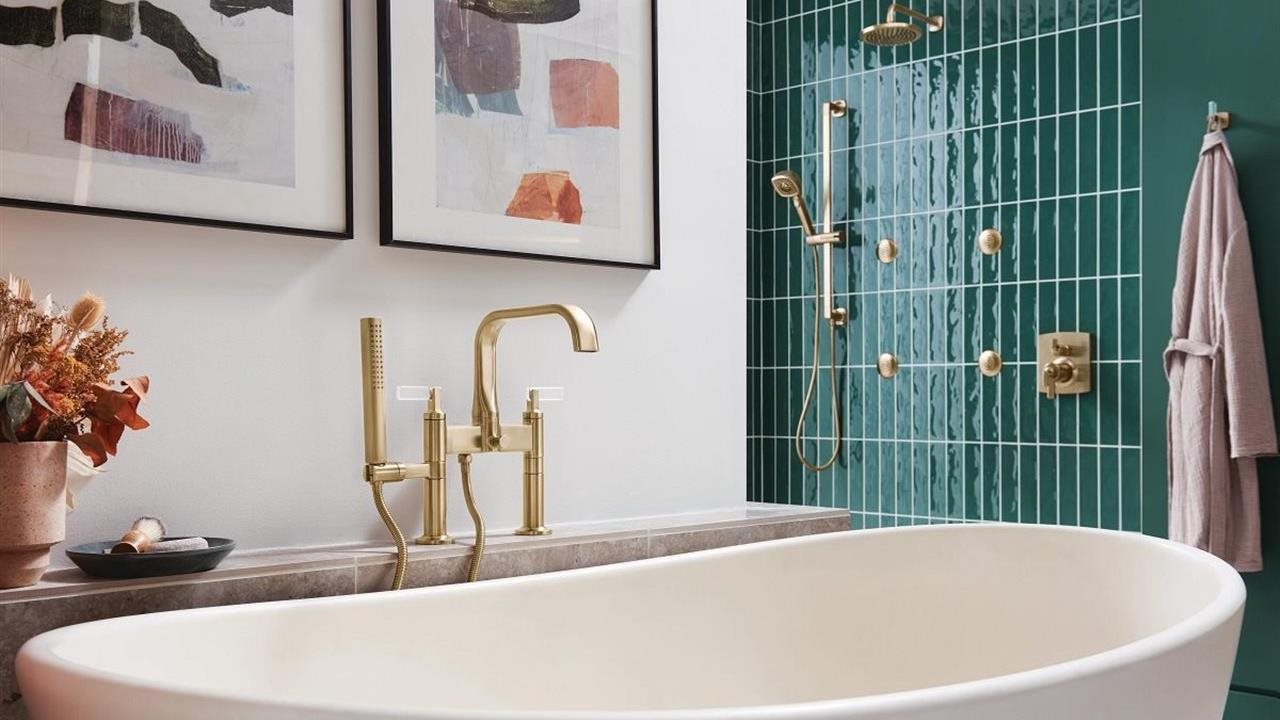2022-08-04T13:57:00
(BPT) – By Jessica Buehler, DDS, Director of Dental Affairs for Delta Dental of California and Affiliates
When the school year kicks off, there is a lot to think about — school supplies, after-school activities, and meeting new teachers and classmates. With a packed back-to-school schedule, one of the things that often falls by the wayside is thinking about our kids’ oral health.
Each year children lose valuable days of school due to issues with their teeth. On average, 34 million school hours are lost each year because of unplanned (emergency) dental care, according to the CDC.
What’s more, poor oral health can impact a child’s school attendance and affect their performance in class. In fact, kids with poor oral health are three times more likely to miss school and two times more likely to perform poorly, according to CATCH Healthy Smiles, a program that equips schools to teach kids the importance of good oral health care.
It’s no surprise that healthy students are better learners — and both parents and teachers are critical in ensuring kids are spending more time learning at their desks instead of sitting in the dentist’s chair.
The Role Teachers Can Play in Oral Health Education
Teachers play an essential role in reaching and influencing children that may not get into the dental office often enough. They can have a significant impact on a child’s oral health habits because of their day-to-day interactions with students.
One way to introduce children to proper oral care is by modeling tooth-friendly habits in the classroom. This can include telling your students you are going to brush your teeth after lunchtime or sharing stories about how healthy and clean your teeth feel after a recent dentist visit.
A great way for kids to practice brushing skills is through tabletop toothbrushing activities that can help with the dexterity necessary to brush and floss their teeth effectively. A fun and easy activity to do in the classroom or at home with younger students is making a monster-sized mouth and then brushing and flossing around each “plastic bottle” tooth.
Adding oral health as part of the classroom curriculum teaches children about the importance of keeping their teeth healthy, the reason behind brushing and flossing every day and that going to the dentist doesn’t have to be a scary experience. CATCH Healthy Smiles offers activities and tools for teachers and schools to download and use at no cost to support oral health education in elementary schools.
What Parents and Teachers Can Do to Help Kids Form Tooth-Friendly Habits
It’s important to care for baby (primary) teeth to protect adult teeth. This is because the bacteria that infect a baby tooth with a cavity can progress through the bottom of the tooth, causing a dangerous infection in the bone under the gums, which harms the adult teeth that are still in development.
The bottom line is children’s teeth should never hurt. If you hear a child talk about a tooth that is painful, that child needs to see a dentist within 24 hours to get the area checked as pain could be the first sign that a more serious problem has started. Childhood cavities are the most common disease among kids and can lead to physical, emotional, social and economic problems in adulthood. That is why it’s important to ingrain proper dental health habits at an early age and establish a healthy routine for a lifetime of happy smiles.
As a dentist and mother myself, I’ve learned that the best way to teach my little one is through modeling good oral hygiene — and that can take place at home and in the classroom.
Both parents and teachers can follow these tips to help kids form tooth-friendly habits:
- Introduce tooth-friendly foods in the classroom and at home like apples and carrots that scrape and clean teeth instead of dried fruit, which sticks in the chewing surface of teeth.
- Give kids plenty of water in between meals to help to wash away the acid that causes tooth decay. At mealtimes, dilute juice or sweetened beverages with at least 50 percent water before serving.
- Recognize and praise children for practicing good dental behavior. When you see them drinking from their water bottle, eating a tooth-friendly snack or brushing their teeth, let them know they’re doing a good job.
- Share positive stories about your dental experiences. Negative stories or saying things such as “if you eat too much candy, you’ll have to go to the dentist,” only serve to scare kids before they’ve had a chance to have a positive experience and form a healthy relationship with their dentist.
- Brush your teeth together. Supervising kids as they brush while you model good oral hygiene has a tremendous impact on their brushing and motivation.
Cavities are Contagious
One thing that isn’t commonly known is that dental cavities are contagious and can spread. I tell my patients to think of the mouth like a swimming pool with 20 kids playing in it. If one child has the flu, then any number of the kids swimming nearby will eventually come down with the flu too.
The same goes for cavities — because the bacteria that cause cavities and tooth decay can be transmitted from one person to another. This means that if we share food and drinks with others, use the same fork and spoon, or give someone a kiss, we put them at risk of spreading the bacteria from our mouth to theirs, which can lead to cavities. Similarly, if a cavity starts in one tooth, it will spread to the neighboring teeth, and ultimately throughout the mouth.
Therefore, if only one person in a household avoids dental care, it puts everyone in that home at a higher risk for tooth decay (and gum disease, which is caused by different but also transmissible strains of bacteria). So, parents and teachers should spread the word that cavities are contagious in the same way that colds are, and we need to help kids take steps to prevent catching them.
Teaching Kids How to Brush Properly
One observational study of tooth brushing performance in 12-year-olds found that more than half missed at least one section of the inner surface of their teeth. That’s because children don’t have the manual dexterity or attention to brush their teeth effectively.
If a child has nice handwriting and is willing to stand in front of the mirror while dedicating two minutes of attention to the task, then they are able to properly brush their teeth without supervision. Most kids are able to effectively brush around 4th to 5th grade, but every child develops at their own pace and requires periodic brushing check-ins by an adult to ensure that they are removing plaque.
Parents can teach kids to brush the right way by letting them brush first, and then following up by checking to make sure that every tooth is brushed. Kids should be brushing in little circles at a 15-degree angle up against their gumline since that is where plaque hangs out.
A good practice with your younger ones is to have them lie down when you are brushing their teeth. Not only can you see their teeth and the inside of their mouth better, but this position helps prepare them for when they lie back in a dental chair to let the dentist take a peek.
Essential Brushing Tips for Kids
- Choose a toothpaste with the American Dental Association (ADA) seal in a flavor your child likes.
- Use half of a pea-sized amount of toothpaste and then graduate to a pea-sized amount. (Hint: there shouldn’t be gobs of toothpaste in the sink).
- The toothbrush should be held like a wand, not a sword. Use three fingers and a light touch.
- Brush for two minutes. You can set a timer, use a TV commercial break, or try Delta Dental’s brushing playlist for kids.
- Make an appointment for your child’s dental cleaning and exam before the school year starts so that they don’t miss a school day. School holidays that fall on weekdays are also a great time to visit the dentist because most offices are open on these days.
- Purchase a plaque disclosing mouthwash or toothpaste to help you and your child see the plaque left on teeth after brushing. You can then coach your child to direct more attention to removing colorful plaque to improve their brushing and flossing skills.
Finally, get your little ones into the dentist by age one, and then typically twice a year for checkups unless your dentist recommends more frequent visits. Regular dental visits help catch problems early before they become painful and lead to missed time in the classroom or irreversible damage. Pediatric dentists or pedodontists are specially trained in caring for young children and children and young adults with special needs.
Now more than ever the dental experience is positive, pleasant, and can be fun. With the help of parents and teachers through fun toothbrushing activities, modeling good oral care behavior and teaching proper brushing and flossing techniques early on, kids will be equipped with the tooth-friendly habits that will last them a lifetime.
Jessica Buehler, DDS, Director of Dental Affairs for Delta Dental of California and Affiliates, earned her doctorate degree from the University of Colorado School of Dental Medicine and then completed a General Practice Residency at University of Washington Medical Center. She is especially passionate about teaching patients and community members about the science behind oral health because she has observed many patients make life-altering positive changes as a result of their new understanding.










